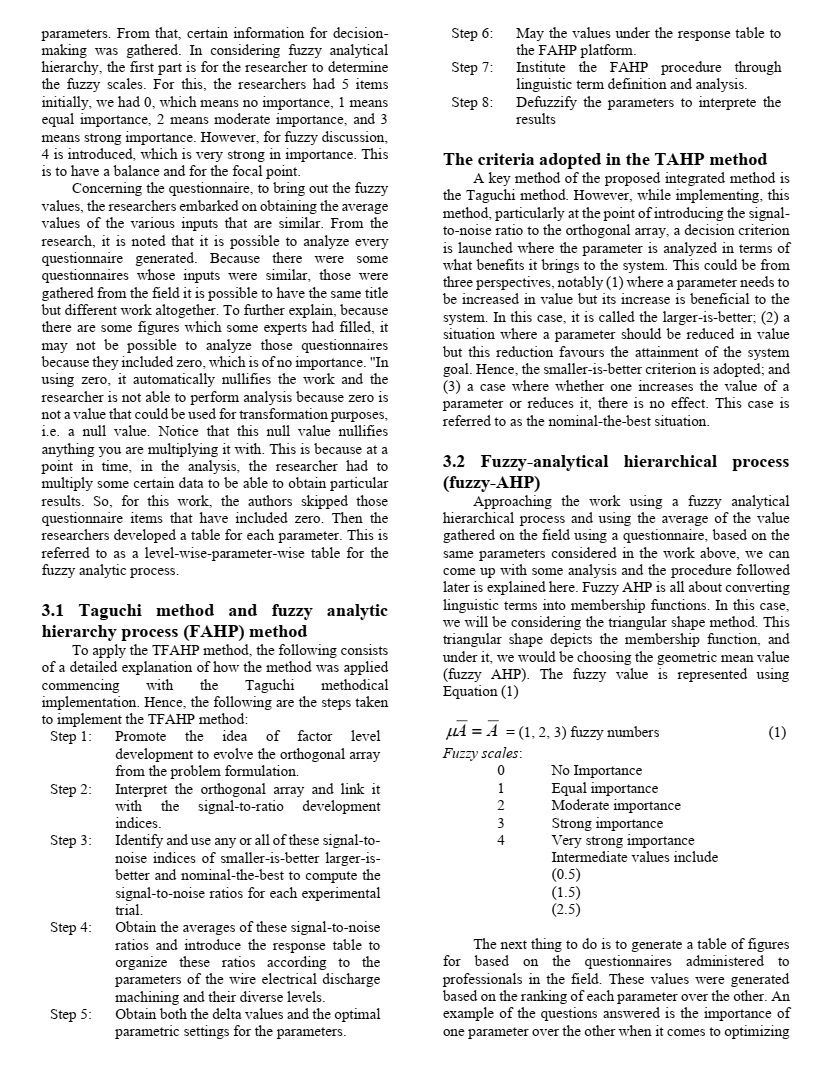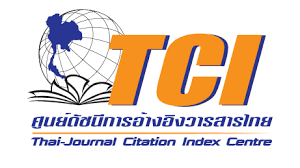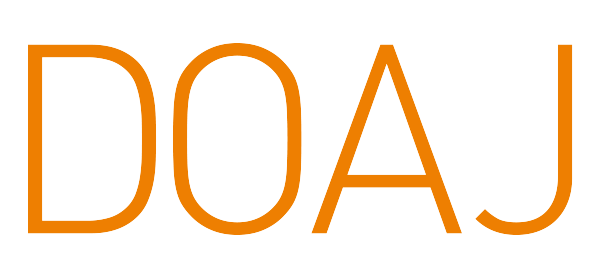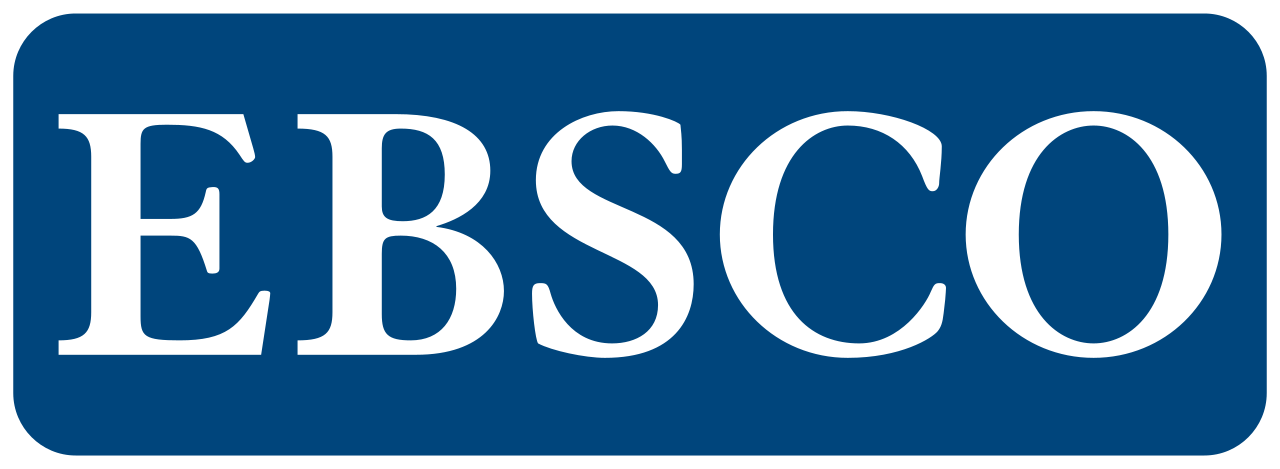Optimization of Wire Electrical Discharge Machining Process Parameters in AZ91 Magnesium Alloy Using Taguchi-Based Fuzzy Analytic Hierarchy Process (TFAHP) Method
doi: 10.14456/mijet.2024.2
Keywords:
Optimisation, EDM process, Taguchi method, fuzzy AHPAbstract
In the electrical discharge machining process optimization domain, a dominant approach to optimization is the Taguchi method, which is favoured for its simplicity and low-cost implementation requirements. However, the results obtained from the Taguchi method have been criticized as susceptible to errors and wrong decisions since it is based on crisp numerical values. Unfortunately, the impact of such wrong decisions cannot be tolerated as it has a chain effect on the non-financial aspects of the organization’s practice such as loss of goodwill. To reverse this issue, research is urgently desired. This article aims to optimize and fuzzifier the electrical discharge machining process parameters using the Taguchi method and the fuzzy analytic hierarchy process method. This article introduces a capturing mechanism of uncertainty and imprecision aspects into the Taguchi method and the Taguchi method has been modified as a new method termed the Taguchi method fuzzy analytic hierarchy process method (T-FAHP). The T-FAHP converts the crisp numerical values into fuzzy numbers which were optimized. The optimal parametric settings and rankings of factors were determined. The optimal parametric settings, delta values, ranks and comparison results were pursued. It was found that the optimal parametric setting did not change from those of the T-AHP results. It yielded A1B1C1D1E1F1 interpreted as pulse on time (160units), pulse off time (40units), pulse current (70 units), gap voltage (20 units), wire feed (4 units) and wire tension (4 units). The ranks were led by pulse current and last by wire feed. The ranking occurred in a different order but the first and the last positions were assigned to pulse current and wire feed, respectively. For the delta values, considering Taguchi AHP against when using the Taguchi-fuzzy analytical hierarchy process, we had a reduction of 16.49% for the pulse current, an increase of 28.57%, for the pulse off time, a decrease of 55.56%, for the gap voltage, no changes, for wire feed, no changes, for wire tension, an increase of roughly 10%. The results obtained from this study are suitable for use by process engineers in the machining industry for cost-effective machining decisions.
References
D. Wu, "Analyzing China's automobile industry competitiveness through porter's diamond model", M.Sc. Thesis, University of Lethbridge, Alberta, Canada, 2006.
L.M. Valdez de la Roza, L.A.V. Villarreal, J.B.G. Villegas, Factors for manufacturing competitiveness of automobile part suppliers from Nuevo Leon, Mexico. A literature review, Proceedings of the 2017 International Conference on Industrial Engineering and Operations Management (IEOM), Bristol, UK, July 24-25, 2017
J.S. Lee, “Competition analysis of automobile industry between Korea and France”, International Journal of Economics, Commerce and Management, vol.5, no.8, pp.124-140, 2017.
R. Doner, G.W. Noble, J. Ravenhill, "Industrial competitiveness of the auto parts in four large Asian countries. The role of government policy in a challenging international environment", Working Paper Series 4106, pp.1-76, 2007.
D. Braddon, K. Hartley, “The competitiveness of the UK aerospace industry”, Applied Economics, vol.39, no.6, pp. 715-726, 2007. https://doi.org/0.1080/00036840500448391.
S. Chakraborty, S. Mitra, D. Bose, “Experimental investigation on enhancing die corner accuracy during powder mixed wire EDM of Ti6Al4V”, Materials Today: Proceedings, vol.38, no. 5, pp. 3097-3102, 2021. http://doi.org/10.1016/j.matpr.2020.09.491
A. Goswani, J. Kumar, “Trim art machining and surface integrity analysis of nimomic 80A alloy using wire cut EDM”, Engineering Science and Technology an International Journal, vol.20, no.1. pp.175-186, 2017. https://doi.org/10.1016/j.jestch.2016.09.016.
Y. Wang, M. Bellotti, J. Jia, Liz, S. Yang, J. Qian, D. Reynaerts, “Fabrication of micro rods by twin-mirroring-wire tangential feed micro electrical discharge grinding”, Precision Engineering, vol.66, pp. 482-495, 2020. https://doi.org/10.1016/j.precisioneng.2020.08.015
S. Barman, R.P. Sharma, A.B. Puri, “Analysis of surface texture of bulk metallic glass in micro electrical discharge drilling”, International Journal of Machining and Machinability of Materials, vol.19, no.3, pp. 193-217, 2017. https://10.1504/ijmmm.2017.10004729
C. Thiagarajan, T. Maridurai, T. Shaafi, A. Muniappan, “Machinability studies on hybrid nano-SiC and nano-ZrO2 reinforced aluminium hybrid composite by wire-cut electrical discharge machining”, 2021. https://doi.org/10.1016/j.matpr.2021.07.029
A.O. Raji and S.A. Oke, “Optimization of EDM for AA6061/10%Al2O3 AMMC using Taguchi schemes and analytical hierarchy process for weight determination”, Kufa Journal of Engineering, vol. 11, no. 3, pp. 42-61, 2020. https://doi.org/10.30572/2018/KJE/110304
S. Sharma, U.K. Vates, A. Bansal, “Parametric optimisation in wire EDM of D2 tool steel using Taguchi method”, Materials Today: Proceedings, vol.45, no.2, pp.757-763, 2021.
https://doi.org/10.1016/j.matpr.2020.02.802
S.S. Siddhu, T.R. Abiyat, P.S. Bains, K.R. Muratov, E.S. Shlykov, V.V. Shiyaev, “Parametric optimisation of electrical discharge machining of metal matrix composites using analytical hierarchy process”, Micromachines, vol.12, no.11, Article 1289, 2021.
https://doi.org/10.3390/mi/2/1289
V. Singh, S.K. Pradhan, “Optimisation of WEDM parameters using taguchi technique and response surface methodology of AISID2 steel”, Procedia Engineering, vol.97, pp.1597-1068, 2014. https://doi.org/10.1016/j.proeng/2014.12.310
K.O. Okponyia and S.A. Oke, “Exploring aluminium alloy metal matrix composites in EDM using coupled factor-level-present worth analysis and fuzzy analytic hierarchy process”, International Journal of Industrial Engineering and Engineering Management, vol. 2, no. 1, pp. 25-44, 2020. https://doi.org/10.24002/ijieem.v2i1.3781
J. Sahu, S. Shrivastava, “Fuzzy based multiresponse optimization: A case study on EDM machining process”, SN Applied Sciences, vol.3, and Article 701, 2021. https://doi.org/10.1007/s42452-021-04668-4
R. Zhou, X. Wang, J. Wan, N. Xiong, “EDM fuzzy: An Euclidean distance based multiscale fuzzy entropy technology for diagnosing faults of industrial systems”, IEEE Transactions on Industrial Informatics, vol.17, no.6, pp.4046-4054, 2020. https://doi,org/10.1109/TII.2020.3009139
M.C. Ikedue, S.A. Oke, “Optimisation of wire electrical discharge machining parameters on AZ91 magnesium alloy using analytical hierarchy process-taguchi-based analyses”, Engineering Access, Accepted for publication, 2022.
S. Arora, P. Pandey, A. Singh, M. Kumar, “A perspective on process parameters in EDM using AHP approach”, Journal of Emerging Technologies and Innovative Research, vol.6, no.6, pp.216-218, 2019.
D.M. Paulson, M. Saif, M. Zishan, “Optimization of wire-EDM process of titanium alloy-Grade 5 using Taguchi’s method and grey relational analysis”, Materials Today: Proceedings, vol. 72, no. 1, pp. 144-153, 2023. https://doi.org/10.1016/j.matpr.2022.06.376
B.C. Kandpal, J. Kumar and H. Singh, “Optimization and characterization of EDM of AA 6061/10%Al2O3 AMMC using Taguchi’s approach and utility concept”, Production and Manufacturing Research, vol. 5, no. 1, pp. 351-370, 2017. https://doi.org/10.1080/21693277.2017.1389315
S. J. Juliyana, J.U. Prakash, S. Salunkhe “Optimisation of wire EDM process parameters using Taguchi technique for machining of hybrid composites”, International Journal of Materials Engineering Innovation, vol.13, no. 3, pp.257 – 271, 2022. https://doi.org/10.1504/IJMATEI.2022.125110
A.O. Raji and S.A. Oke, “Enhancement of maintenance downtime using Poisson motivated-Taguchi optimisation method”, Al-Nahrain Journal for Engineering Sciences, vol. 22, no. 4, pp. 294-306, 2019.
S. Chakraborty, P.P. Das, "Fuzzy modelling and parametric analysis of non-traditional machining processes", Management and Production Engineering Review, vol. 10, no. 3, pp. 111–123, 2019. https://doi.org/10.24425/mper.2019.130504
M.F. Mohamed, K. Lenin, “Optimisation of wire EDM process parameters using Taguchi technique”, Materials Today: Proceedings, vol.21, no.1, pp.527-530, 2020.
https://doi.org/10,1016/j.matpr.2019.06.662
P.M. George, B.K. Raghunath, L.M. Manocha, A.M. Warrier, “EDM machining of carbon-carbon composite: A Taguchi approach”, Journal of Materials Processing Technology, vol.145, no.1, pp.66-71, 2004. https://doi.org/10.1016/50924-0136(03)00862X
B.B. Nayak, S.S. Mahapatra, “A utility concept approach for multi-objective optimisation of taper cutting operation using WEDM”, Procedia Engineering, vol. 97, pp.469-478, 2014.
A. Muniappan, M. Sriram, C. Thiagarajan, G.B. Raja, T. Shaafi, “Optimisation of WEDM process parameters on machining of AZ91 Magnesium alloy using MOORA method”, IOP Conference Series: Materials Science and Engineering, vol. 390, Article 012171, 2018
C.P. Mohanty, S.S. Mahapatra, Singh M.R., “An intelligent approach to optimize the EDM process parameters using utility concept and QPSO algorithm”, Engineering Science and Technology, an International Journal, vol. 20, no. 2, pp. 552-562, 2017. https://doi.org/10.1016/j.jestch.2016.07.003
B.B. Nayak, S.S. Mahapatra, “Optimization of WEDM process parameters using deep cryo-treated Inconel 718 as work material”, Engineering Science and Technology, an International Journal, vol. 19, no. 1, pp. 161-170, 2016. https://doi.org/10.1016/j.jestch.2015.06.009
B.B. Nayak, S.S. Mahapatra, S. Chatterjee, K. Abhishek, “Parametric appraisal of WEDM using harmony search algorithm”, Materials Today: Proceedings, vol. 2, nos. 4-5, pp. 2562-2568, 2015. https://doi.org/10.1016/j.matpr.2015.07.207
H. Hussin and F.M. Hashin, “Modelling of maintenance downtime distribution using expert opinion”, Journal of Applied Sciences, vol. 11, pp. 1573-1579. https://doi.org/10.3923/jas.2011. 1573.1579, 2011.

Downloads
Published
How to Cite
Issue
Section
License

This work is licensed under a Creative Commons Attribution-NonCommercial-NoDerivatives 4.0 International License.








